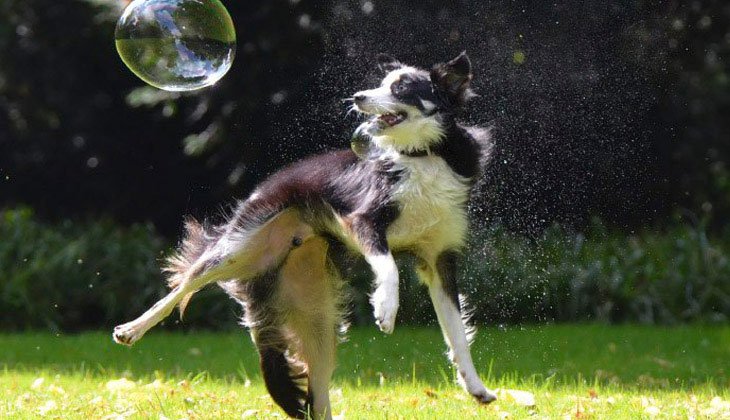
Nutrition
A consistent, tasty and nutritious diet plays a key role in managing your dog’s diabetes
Tips for a Healthy Diet
Diabetic dogs need to eat well. The best diet is the one that for your dog will eat reliably and consistently as this will also help to maintain an ideal body weight and body condition. Ask your veterinarian about the best diet including suitable treats for your diabetic dog.
- Work with your veterinarian to calculate the daily total caloric intake (including any snacks or treats) to help your dog maintain or achieve an ideal weight
- Choose a commercial dog food with a high-quality protein source and limited fat content that your dog likes to eat
- Keep meal content, amount and timing the same each day to minimize blood glucose fluctuations
Timing of insulin injections in relation to feeding
Feed your dog around the time that you give the insulin injection(s). This should help, along with the food and other management tools, to manage increases in blood glucose that occur as your dog digests its food.
- Injections immediately before meals: This allows you to feed your dog as a reward after injecting insulin
- Injections during meals: This allows you to see that your dog is feeling well and eating normally before the insulin is injected as well as distracting your dog’s attention
- Injections immediately after meals: This allows you to see that your dog is feeling well and eating normally before the insulin is injected
Number of meals in relation to insulin injections
- Once daily insulin injection: First meal in the morning, second meal about 8-12 hours later. Your veterinarian will advise you on what proportion of your dog’s daily caloric intake should be fed at each meal.
- Twice daily insulin injections: Feed half of your dog’s total daily caloric intake around the time of each injection
For specific questions regarding type, volume, timing and frequency of feedings, please consult your veterinarian
Things to Consider

Will Your Dog Eat a New Diet?
Some dogs are fussy. Is your dog not eating a different food? It may take a couple of days for your dog to get used to this new food. Have you tried mixing the new food with your dog’s previous food? This may help to get your dog onto the new diet. It is important that your dog eats consistently and if your dog really does not like the new food then alternatives need to be considered. Please discuss your dog’s diet with your veterinarian before making any changes.

Body Weight and Condition
Ideal body weight and body condition will help simplify managing your dog’s diabetes. Your veterinarian can advise you about your dog’s body weight and condition as well as how to manage your dog’s weight.
If your dog is underweight, a highly digestible diet containing high quality protein should help your dog gain weight gradually.
If your dog is overweight or obese, weight loss and insulin dose adjustment should be gradual, because of the risk of low blood glucose (hypoglycemia), a serious complication of diabetes.

